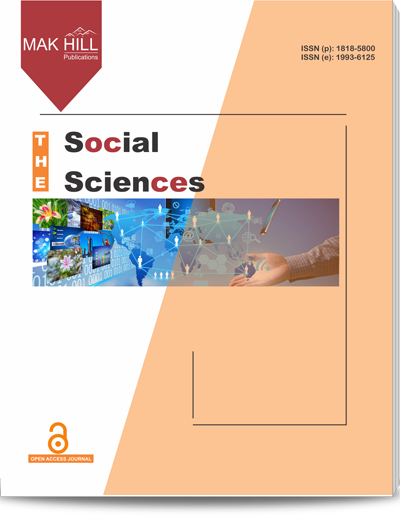
The Social Sciences
ISSN: Online 1993-6125ISSN: Print 1818-5800
Abstract
The concept of Facilities Management (FM) is still new in Malaysia. However, FM is regard as important in every organization. Therefore, this paper explores the FM issues in Local Authorities (LA’s) particularly in Malaysian local authorities. FM encompasses many aspects of management in the organizations. FM has been regards as supported tool in organizations even though FM is one of enabler in the organizations. Using the literature review, the issues of FM that are currently affecting the public sectors especially in LA’s is being recognized. The results of the study indicate that most of the Malaysian LA’s are not efficiently and effectively delivered the services and provide public facilities adequately. As the LA’s involve with public, the problems arise from the service delivery of LA’s becomes an important issues. In order to overcome the issues regarding FM in Malaysian LA’s, the performance measurement of FM must be conducted in LA’s to identify the level of performance in service delivery of LA’s. Based on the findings, it can give an overview to Malaysian LA’s to improve in their service delivery and facilities provision as well as showing the importance of FM in managing the facilities in Malaysian LA’s efficiently and effectively. The findings will be of significance to Malaysian LA’s in improving the performance of Malaysian public sector entities, particularly local authorities.
How to cite this article:
Norashikin Rahmat and Abdul Hadi Nawawi. Facilities Management in Malaysian Local Authorities: Identifying
Current Issues.
DOI: https://doi.org/10.36478/sscience.2017.755.761
URL: https://www.makhillpublications.co/view-article/1818-5800/sscience.2017.755.761